If you’re over the age of 55, you’re at much higher risk for showing signs and potentially developing osteoarthritis (OA). Osteoarthritis is a disease in which the cartilage that covers the ends of the bones at the joints breaks down, and subsequent overgrowth of bone occurs over the joints. It’s painful, and it can cause a lot of stiffness and fatigue.
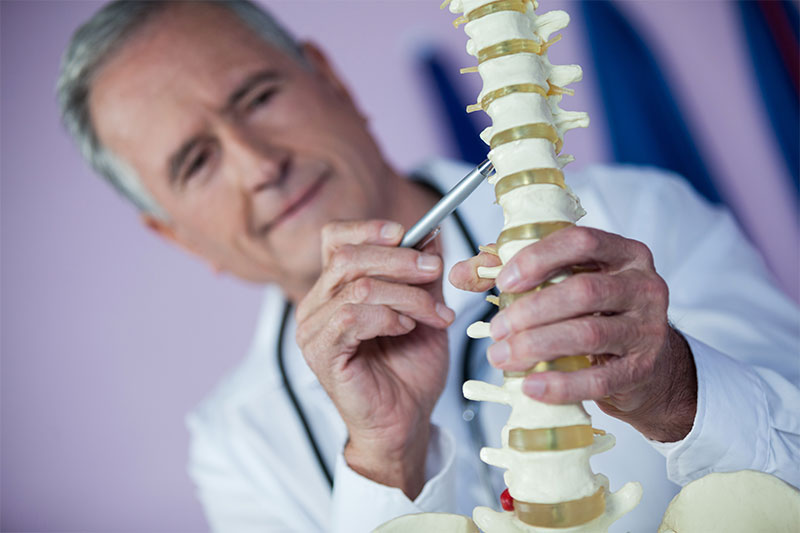
Osteoarthritis becomes more prevalent as we age, although not all people who grow old will experience the disease. Research conducted on the subject indicates that there are ways to help prevent osteoarthritis or its progression, lessening the severity of its damage.
To avoid or reduce the risk of developing osteoarthritis, here are a few suggestions to try:
Eat Anti-Inflammatory Foods
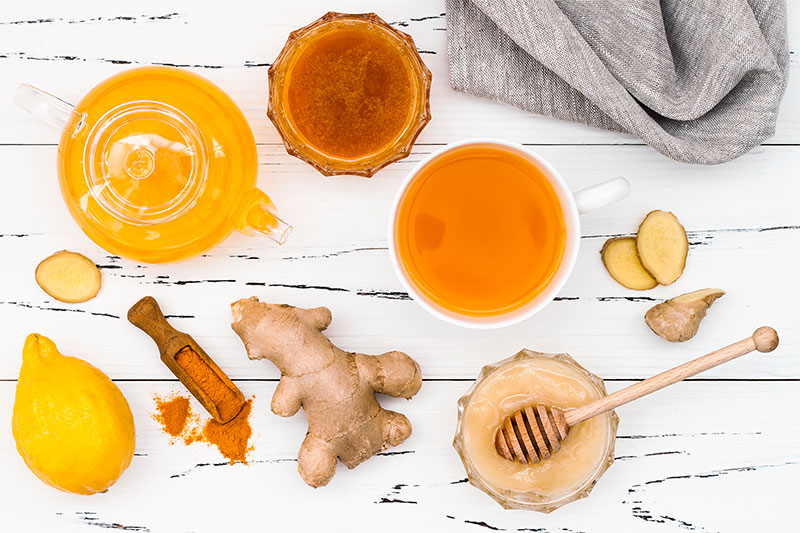
There is no such thing as a regular osteoarthritis diet, but there are certain fats and vitamins that have been associated with reduced symptomatic pain from the condition.
Omega-3 fatty acids, for example, help reduce joint inflammation, while unhealthy fats can increase it. Good sources of omega-3 fatty acids include olive oil, flaxseed, soybean, canola, walnuts, plant oils, and fish oil (from fish).
Incorporating a diet rich in Vitamin C also helps reduces the risk of osteoarthritis progression by three times. You can get more vitamin C in your diet by eating foods like strawberries, broccoli, leafy greens, green peppers, tomatoes, turnip greens, and citrus.
Besides Vitamin C, Vitamin D has been shown to help reduce the risk of osteoarthritis progression by up to three times as well. Some of the good sources of this vitamin include mackerel, sardines, herring, salmon, tuna, vitamin D-fortified cereals, milk, and eggs.
Skip sodium
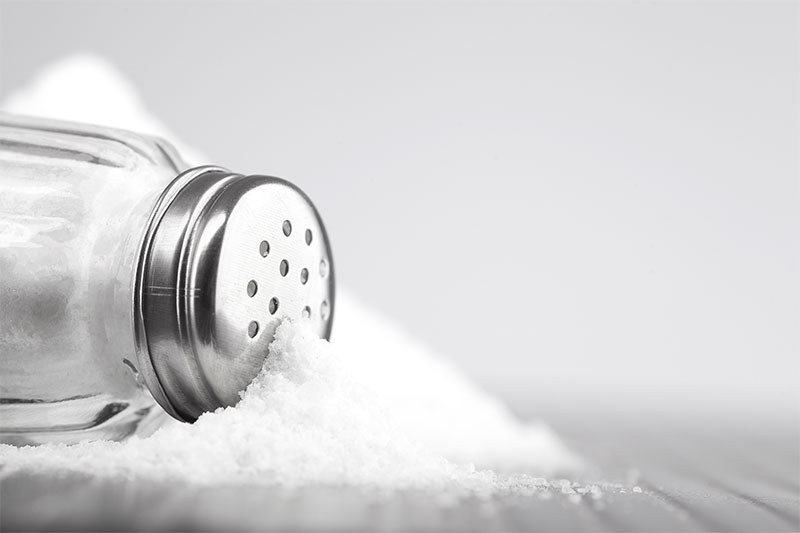
Too much sodium could lead to needing more calcium, according to the National Institutes of Health, so try to cut back on salt in your food. A diet excessive in sodium can increase calcium losses in urine, which may weaken bones over time, aim for 2300 mg of sodium per day or less and you’ll be amazed by what happens to your body when you cut back on salt.
Consider calcium supplements
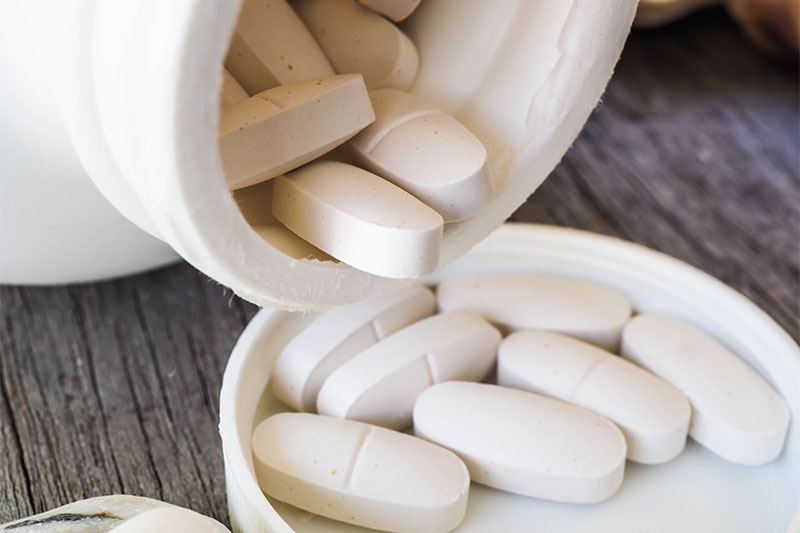
Are you getting enough calcium? If you’re not consuming as much as you should be through your diet, you can take a supplement. But because the body can absorb only a limited amount of calcium at once, take supplements in two or three doses during the day, preferably with meals.
Exercise
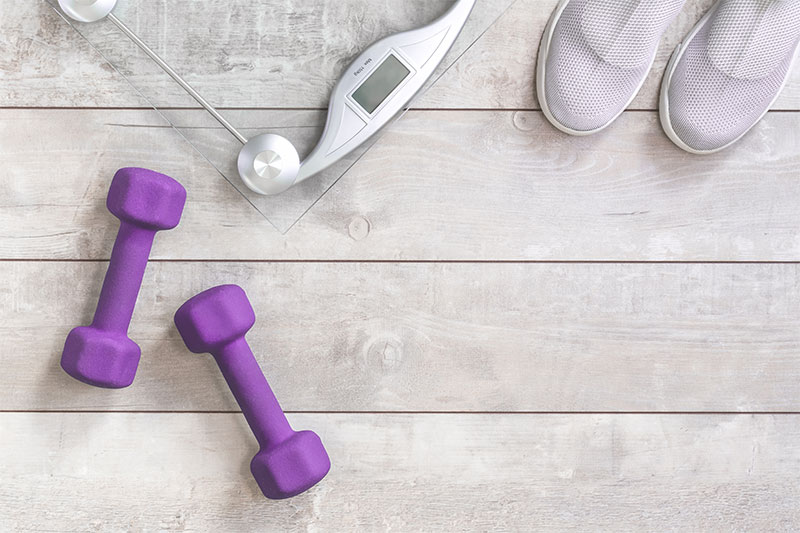
Regular exercise can also help reduce the risk of osteoarthritis. The safest activities are those that place the least bodyweight on the joints, such as light resistance training, swimming, bicycling, as well as aqua aerobics.
Finesse your flexibility

Although flexibility doesn’t impact your bones directly, even simple stretching can keep your muscles loose and joints working well. These forms of exercise can improve range of motion and posture, which can in turn help to reduce the risk of fall and injury.
Test your bones
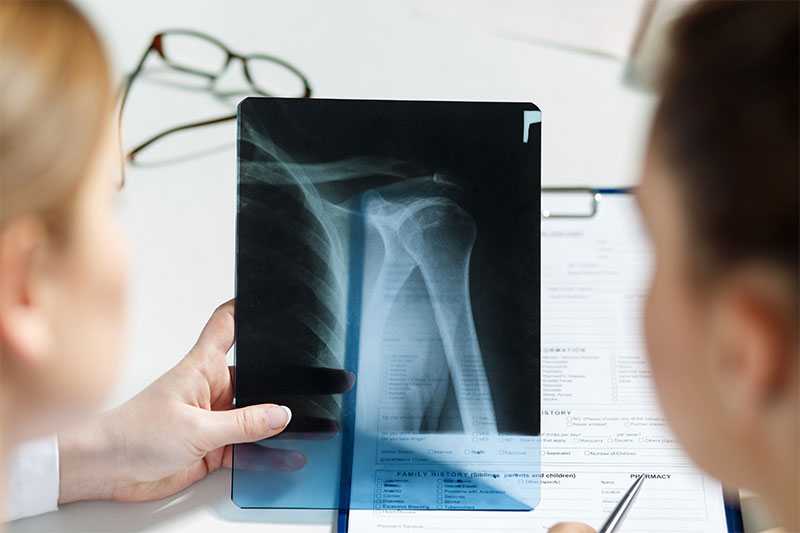
“All women age 65 and older should have a bone density scan (DEXA) to assess their fracture risk,” says endocrinologist Professor Heather Hofflich. “This test assesses the bone density in your spine and your hips, and can help predict your fracture risk by telling you if you have normal bone density, low bone mass (osteopenia) or osteoporosis.” Younger women with risk factors may be screened earlier. Depending on your results, you may be rescreened anywhere from one to 15 years later.
Be Injury-Conscious When Exercising

If you have ever injured yourself as a youngster, childhood injuries predispose you to osteoarthritis, usually in the same joint where the injury occurred. Injuring a joint as an adult may put the joint at even higher risk.
To avoid joint injuries when exercising or playing sports, warm-up before exercising, cool down after exercising and keep your feet as flat as possible during stretches to avoid twisting knees. Also, try exercising on a soft, shock-absorbing surface, and at the same time, make sure you put on good athletic shoes with excellent shock absorption and stability to protect those joints. Also, when jumping, land with bent knees and avoid bending your knees past 90-degrees.
Finally, if you are suffering from any joint injury, make sure you seek medical treatment as soon as possible to avoid further damage. Also, modify your high-impact movements to more knee-friendly versions, and use a brace if you need to stabilize the joints.
If you’ve had a fracture, stay active
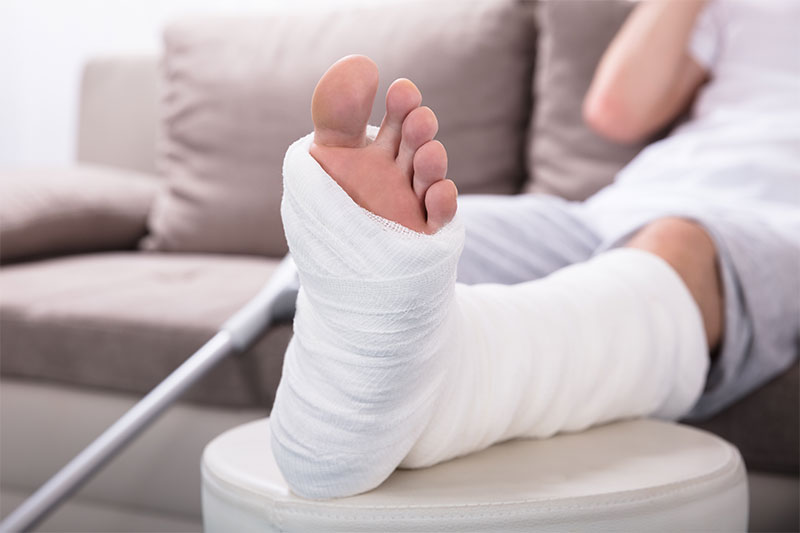
Even though the workouts you can do might be more limited, it’s still important to keep exercising after a bone break. A sedentary lifestyle increases your risk of many health problems, and staying active may actually prevent future falls and fractures. Work closely with your orthopedic doctor and/or physical therapist to design an exercise program to get you up and moving after your fracture.
Pay attention to posture
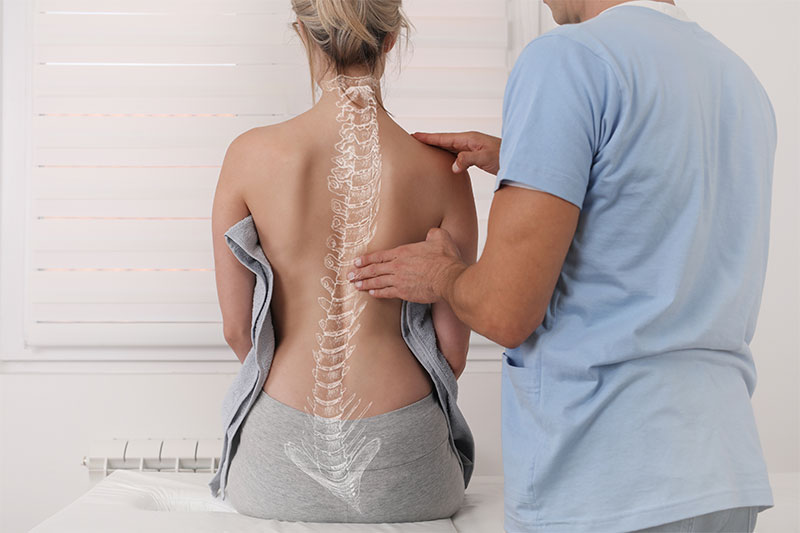
Practicing good posture is essential to keeping the spine in alignment and preventing stress on certain areas of the spine. Good posture helps to prevent kyphosis, which is a forward curvature of the spine. Caution, a slumped posture can reduce the balance and increase fall risk.
Shed The Weight
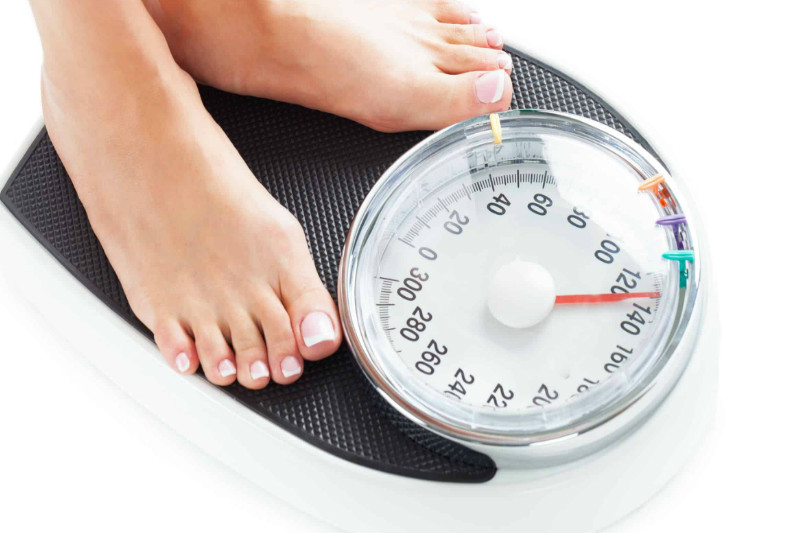
Losing weight and maintaining a healthy weight is vital in preventing osteoarthritis because obesity is a significant risk factor for this arthritic condition. Women are 4-times, and men 5-times more likely to develop osteoarthritis if they have significant weight problems or are obese.
This is because the added fat and body weight puts a significant amount of strain on the joints, particularly those that bear the body’s weight, such as the knees, feet, and hips, causing the cartilage to erode around the joints. By shedding those excess pounds, you can drastically reduce the likelihood of developing osteoarthritis by more than 50%.
If you already have osteoarthritis, losing weight will help your condition.


